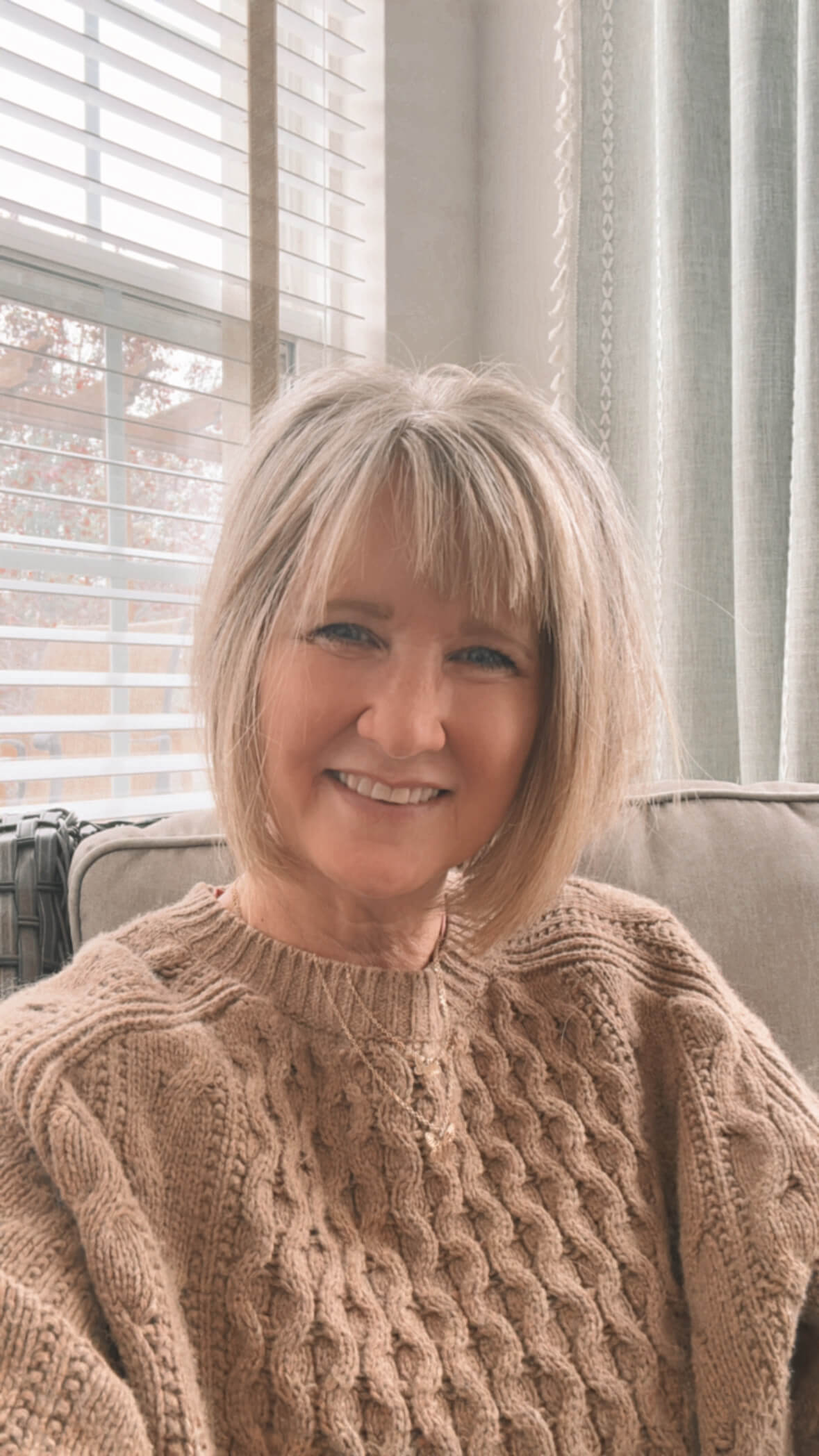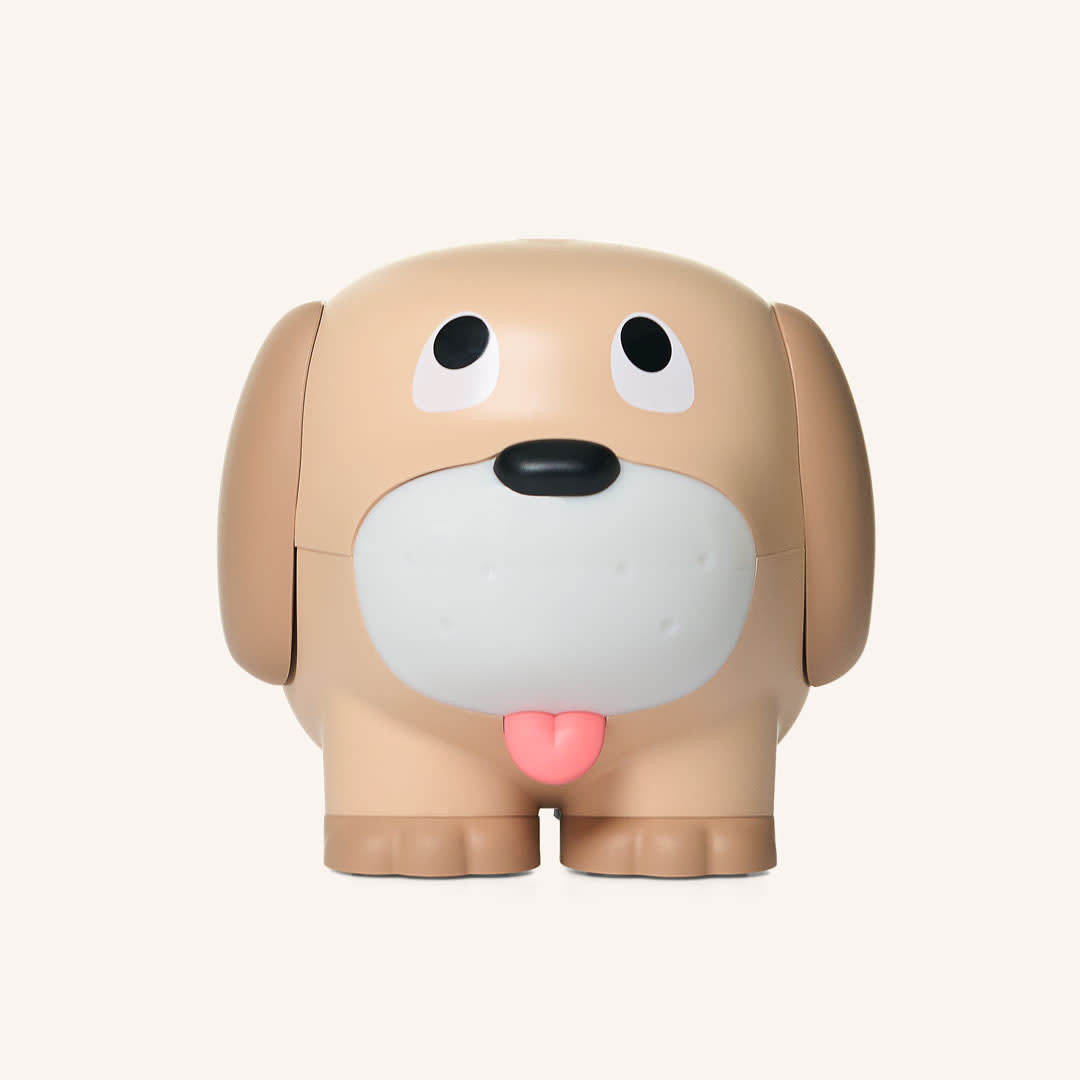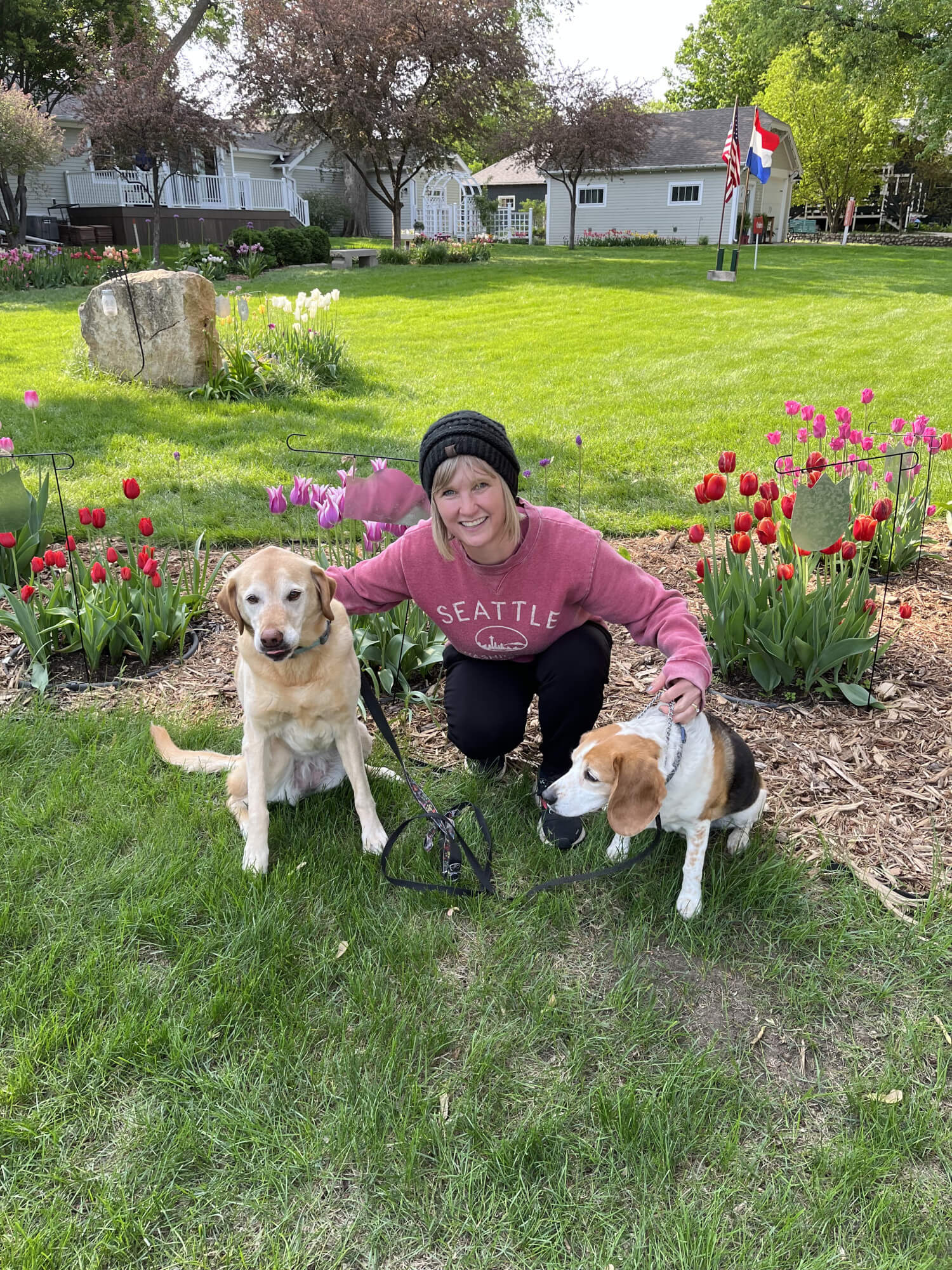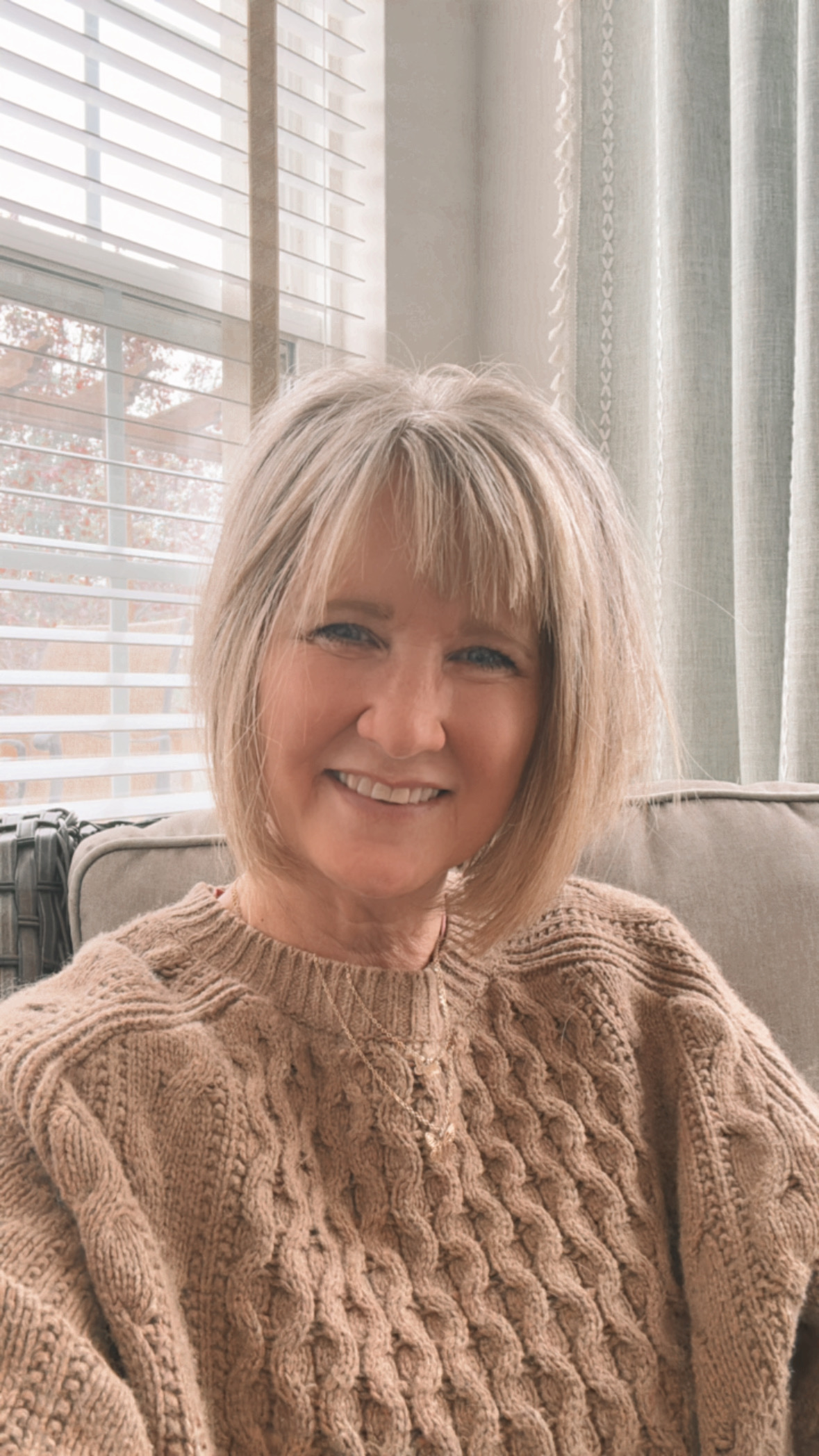
Firework Fears
The other day I was out walking when someone asked me if my dogs were afraid of fireworks. Thankfully, the answer is no, but I know many dogs are. Just as worry has risen in people, it's also risen in dogs. Things like fear of thunderstorms, fireworks and even fear of being left alone are common concerns I hear from other pet owners.
I'm going to offer my suggestion of how this happens and then give you action steps to having a calmer dog. Dog training has been an interest of mine for the last 20 years and I’ve spent countless hours learning from experts, observing dogs I encounter, dog sitting, dog walking and applying all I've learned on the three dogs I have been blessed to adopt and on the dogs of friends.
Fears Are Learned
Although certain breeds come hard-wired with traits common to their breed, distress is not one of them. It’s a learned behavior. Dogs learn to be fearful by experience and by watching how those around them react.
Over the years dogs have adapted to living with humans, but that hasn’t changed how they instinctively interact with their world. They use non-verbal communication while people rely heavily on words. They’re also very much pack animals and look to their pack leader (that’s you) to learn how to respond to what happens around them.
For example, when a child is scared of a thunderstorm, it’s an appropriate response to offer comfort in the form of a hug along with words of assurance. However, a hug with words explaining to your dog why they have no reason to fear a storm does nothing to comfort them. They can’t decipher what you’re saying. The message they're receiving is that attention comes while in a fearful state. Attention in and of itself is not a bad thing, but when accompanied with a behavior you don't want, you are creating more apprehension and less calm.
Likewise, if your dog is trembling and your immediate reaction is to offer comfort through touch, you are reinforcing the fear they are feeling. The best thing you can do is stay calm and lead by example.
Action Steps
One of the reasons my dogs, Scout and Mercy, don't respond with fear to thunderstorms and fireworks is because, from the beginning, I knew they were looking to me to lead and I made a conscious effort to not react to them in a way that created a fearful response. It’s easier to prevent negative behavior than to fix it, so that was my goal.
But, what happens when the unwanted behavior has already been learned? When your dog already has fears you wish you could erase?
-First of all, be patient. Don’t expect fears to dissipate overnight. We live in a quick fix, fast paced world, but the reality is, patience is key when it comes to changing behavior.
-Be consistent. It will take regular work in small doses on your part and your dog’s. Reward the small steps made. Be ready to offer praise the moment you see improvement. Key in on body movement. If your dog relaxes, let them know that’s the behavior you want by offering a belly rub or a word of praise.
-Remain calm. Dogs sense your own tension and will feed off of that. If you’re concerned, they’ll be concerned. Speak in a low, relaxed voice, and with your body language, let them know there's nothing to fear. Go about your normal activity only giving attention to your dog when they're calm. I know there’s a natural tendacy to reach out and soothe an unsettled dog with a hug, but attention during times of stress will only reinforce the behavior being exhibited.
-Apply essential oils to encourage calm behavior. Popular opinion may tell you essential oils are dangerous for pets, but that's not true if you're using high quality ones. The concern with safety has to do with how pure your oils are and what’s been added. The questions you should be asking are " Where do my oils come from? How are they distilled? Are the crops sprayed with pesticides? etc..." Choose Young Living (YL) and you can be confident you're only using the best on your pups- and yourself! Seed to Seal promises that. (Go ahead, look it up and see what I'm talking about). It's what sets YL above all the rest!
How to use calming essential oils
Topically
Put a drop in your hand and rub your hands together. Next, pet your dog down the spine to massage the oil onto their back. You can also massage behind their ears. A dog’s sense of smell is very strong, so you don’t need much. Experiment with different blends until you find one your dog responds well to.
Aromatically
Diffuse calming oils in your home. Get in the practice of creating an atmosphere of calm with essential oils like stress away and peace and calming. Diffuse to support the other action steps you are taking.
Another option is to open a bottle near your dog and allow them to breathe in the aroma from a few feet away.
Rinse and Repeat
Remember, patience is key to reversing unwanted behavior. Habits are hard to break-in people and pets!
Recommended Essential Oils (From Young Living)
Here are some of the essential oil blends I recommend to help calm your dog.
Click on any of the oils for a direct link to buy. Add this puppy diffuser and you're on your way to a calmer dog!
OR..try a bundle that includes 4 of the above oils and more! 12 Essential Oils and A Diffuser!
Does your dog get unsettled in the car? Try this calming car bed. Add a traveling diffuser to the mix and watch the transformation. 😊








0 Comments